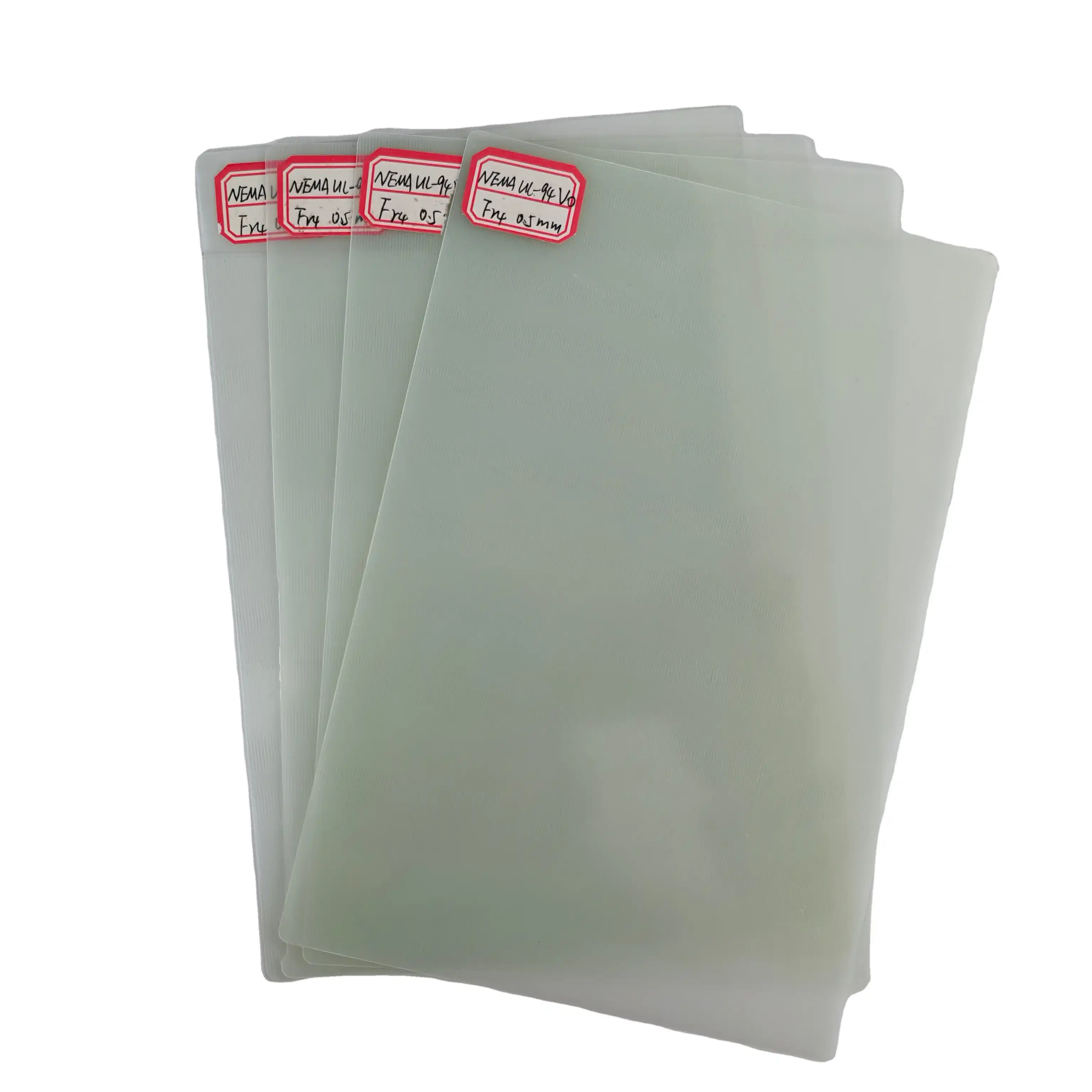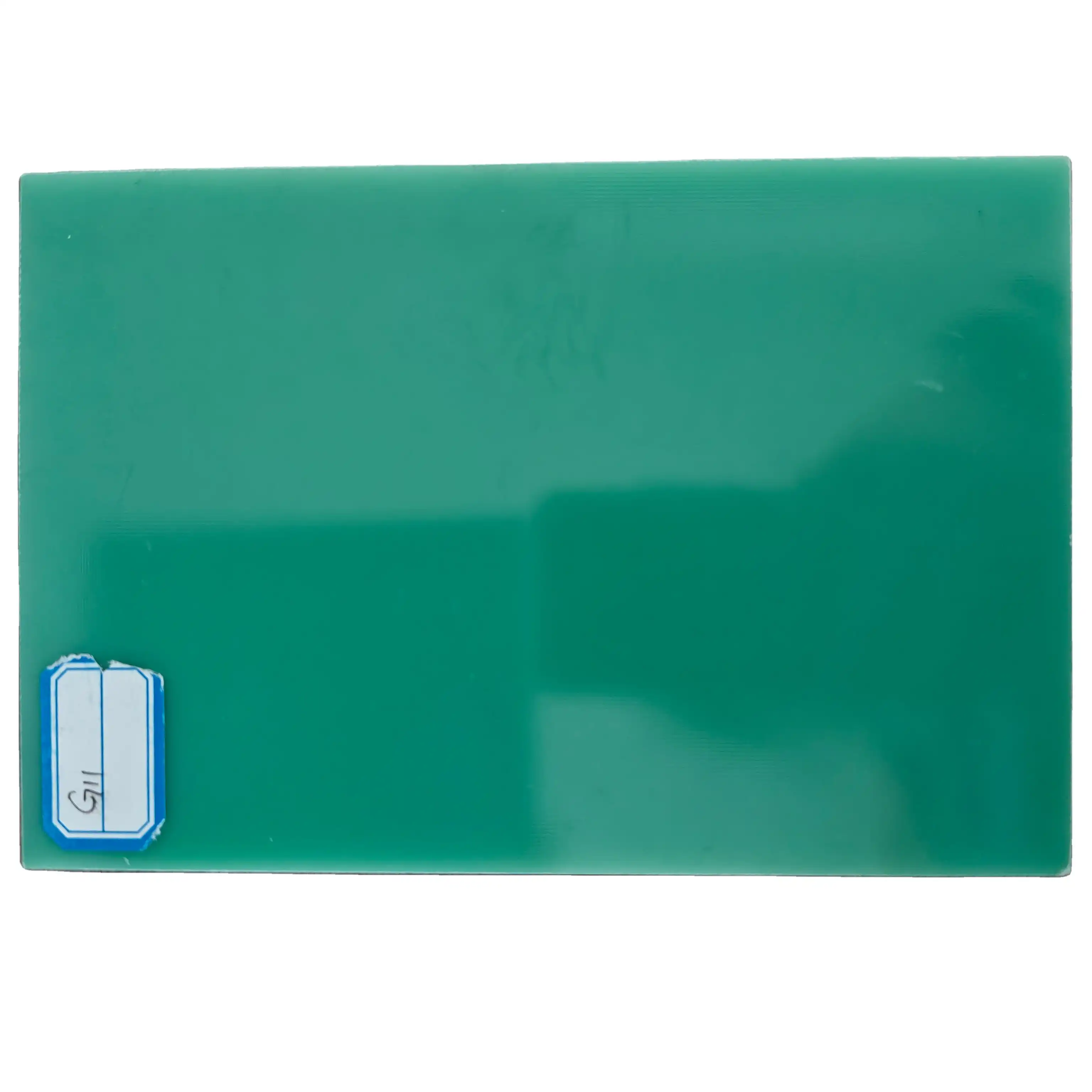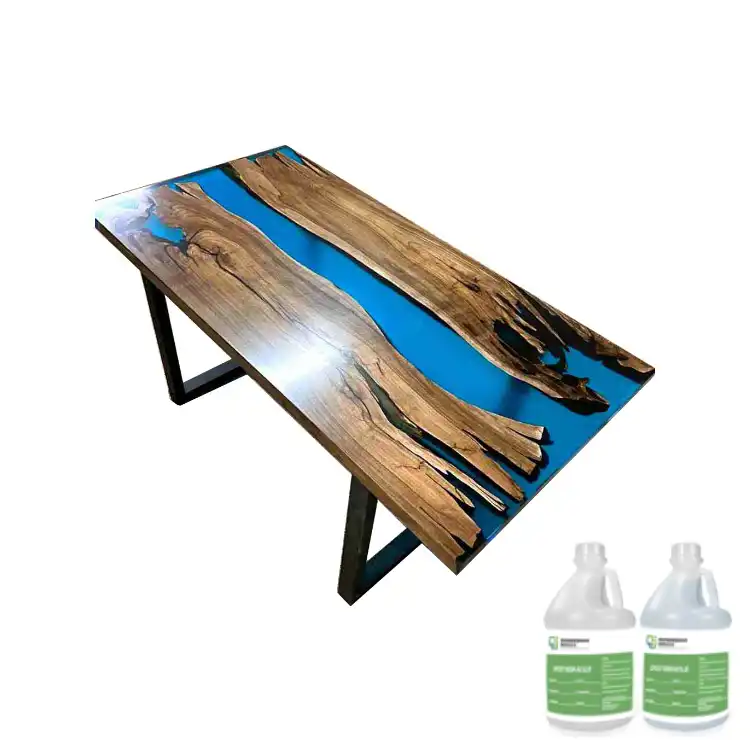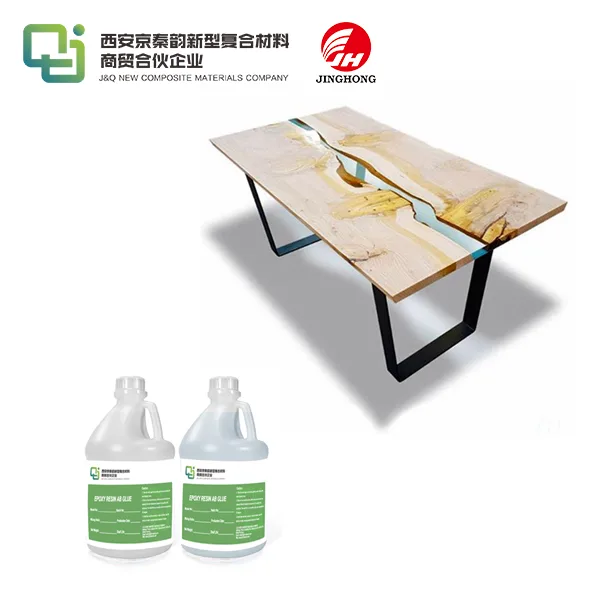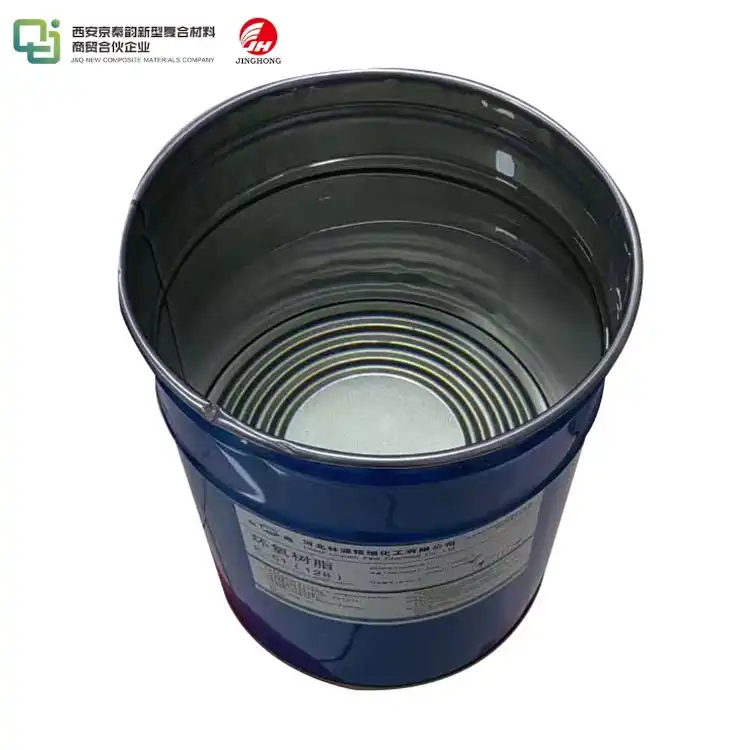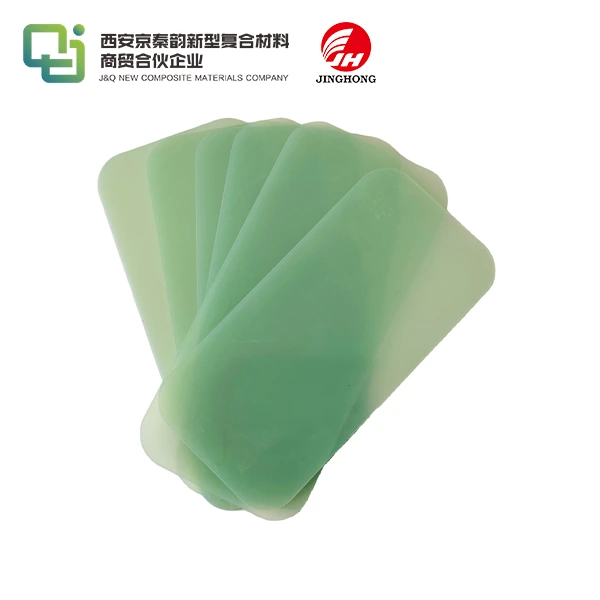HDPE vs Delrin:Comparing Their Differences
2025-05-28 17:04:49
HDPE (High-Density Polyethylene) and Delrin (also known as acetal or POM) are two popular engineering plastics used in various industries. While both materials offer excellent mechanical properties, they have distinct characteristics that make them suitable for different applications. HDPE, a versatile polyethylene plastic sheet, is known for its high strength-to-density ratio, chemical resistance, and affordability. On the other hand, Delrin boasts superior dimensional stability, low friction, and excellent wear resistance. The choice between HDPE board and Delrin depends on specific project requirements, such as operating temperature, mechanical load, and chemical exposure. Understanding these differences is crucial for selecting the most appropriate material for your application.
Physical Properties and Performance Characteristics
Density and Weight
HDPE board is renowned for its lightweight nature, making it an ideal choice for applications where weight reduction is paramount. With a density ranging from 0.93 to 0.97 g/cm³, HDPE offers significant weight savings compared to many other engineering plastics. This low density translates to reduced material costs and improved fuel efficiency in transportation applications. Conversely, Delrin has a slightly higher density of approximately 1.41 g/cm³, which contributes to its enhanced rigidity and strength. While heavier than HDPE, Delrin still maintains a favorable strength-to-weight ratio, making it suitable for applications requiring higher mechanical performance.
Mechanical Strength and Durability
HDPE exhibits impressive tensile strength, typically ranging from 20 to 35 MPa, depending on the specific grade. This strength, combined with its excellent impact resistance, makes HDPE board an excellent choice for applications subject to sudden loads or impacts. The material's flexibility allows it to absorb shocks without fracturing, enhancing its overall durability. Delrin, on the other hand, boasts superior mechanical properties, with tensile strengths often exceeding 70 MPa. Its high stiffness and fatigue resistance make it ideal for precision components and parts subjected to repetitive stress. Delrin's exceptional dimensional stability ensures that parts maintain their shape and size even under varying environmental conditions.
Chemical Resistance and Environmental Stability
One of the standout features of HDPE is its remarkable chemical resistance. Polyethylene plastic sheets are highly resistant to a wide range of chemicals, including acids, bases, and organic solvents. This property makes HDPE an excellent choice for chemical storage tanks, laboratory equipment, and food packaging applications. HDPE also exhibits good UV resistance, making it suitable for outdoor use. Delrin, while also offering good chemical resistance, excels in its stability across a broader temperature range. It maintains its mechanical properties from -40°C to 120°C, making it suitable for applications with extreme temperature fluctuations. Delrin's low moisture absorption further enhances its dimensional stability in humid environments.
Manufacturing Processes and Fabrication Techniques
Extrusion and Molding
HDPE is highly amenable to various manufacturing processes, with extrusion being one of the most common methods for producing HDPE boards and sheets. The extrusion process allows for the creation of continuous lengths of material with consistent thickness and width. This versatility makes HDPE ideal for large-scale production of pipes, profiles, and sheets. Injection molding is another popular technique for HDPE, enabling the production of complex shapes with high precision. Delrin, while also suitable for injection molding, is often machined from solid stock due to its excellent machinability. The material's low coefficient of friction and good dimensional stability make it ideal for producing precision parts through CNC machining.
Welding and Joining
HDPE boards can be easily welded using various techniques, including hot gas welding, extrusion welding, and butt fusion. These methods create strong, leak-proof joints, making HDPE an excellent choice for constructing large tanks, liners, and containment systems. The material's ability to be welded on-site provides significant advantages in installation and repair scenarios. Delrin, while not as easily welded as HDPE, can be joined using specialized techniques such as ultrasonic welding and solvent bonding. However, mechanical fastening methods like screws and press-fits are more commonly used for Delrin components due to the material's high strength and dimensional stability.
Surface Finishing and Decoration
HDPE's low surface energy can make it challenging to paint or print directly onto the surface. However, specialized surface treatment techniques such as corona discharge or flame treatment can improve adhesion for printing and coating applications. HDPE can also be textured during the manufacturing process to create non-slip surfaces or aesthetic patterns. Delrin offers excellent machinability, allowing for high-quality surface finishes through standard machining operations. The material can be polished to a high gloss or given a matte finish as required. While Delrin can be painted or coated, its inherent lubricity may require special preparation techniques to ensure proper adhesion.

Applications and Industry-Specific Uses
Industrial and Engineering Applications
HDPE board finds extensive use in industrial applications due to its combination of strength, chemical resistance, and affordability. It is commonly used for industrial tanks, pipe systems, and material handling equipment. The material's low friction coefficient makes it suitable for wear strips, guide rails, and conveyor components. In the construction industry, HDPE is used for geomembranes, drainage pipes, and insulation panels. Delrin, with its high strength and dimensional stability, is often chosen for precision engineering components such as gears, bearings, and bushings. Its low friction and wear resistance make it ideal for applications in the automotive industry, including fuel system components and interior mechanisms.
Food and Beverage Industry
The food-safe properties of HDPE make it a popular choice in the food and beverage industry. HDPE boards are used for cutting boards, food processing equipment, and storage containers. The material's resistance to bacteria growth and ease of cleaning contribute to its suitability for food contact applications. Polyethylene plastic sheets are also used in the packaging industry for bottles, caps, and food-grade liners. Delrin, while also food-safe, is more commonly used in food processing equipment where its high strength and wear resistance are advantageous. It is often found in conveyor systems, filling machines, and other high-precision components in food production lines.
Medical and Laboratory Equipment
In the medical field, HDPE's chemical resistance and ease of sterilization make it suitable for laboratory equipment, pharmaceutical packaging, and prosthetic components. HDPE boards are used to create custom orthotic devices and splints due to their lightweight nature and ability to be thermoformed. The material's inertness also makes it ideal for storage and transport of biological samples. Delrin's high strength and dimensional stability make it a preferred choice for surgical instruments, dental implants, and diagnostic equipment. Its low friction properties are particularly beneficial in applications such as inhalers and drug delivery devices, where smooth and consistent operation is critical.
Conclusion
The comparison between HDPE and Delrin reveals that both materials offer unique advantages in various applications. HDPE board excels in scenarios requiring chemical resistance, impact strength, and large-scale fabrication, making it ideal for industrial containment, food packaging, and outdoor applications. Delrin, with its superior mechanical properties and dimensional stability, is the go-to choice for precision engineering components, especially in automotive and medical industries. The selection between these materials ultimately depends on the specific requirements of the application, including mechanical load, operating environment, and manufacturing process. By understanding the distinct properties of HDPE and Delrin, engineers and designers can make informed decisions to optimize performance and cost-effectiveness in their projects.
Contact Us
For more information about our high-quality HDPE boards and polyethylene plastic sheets, or to discuss your specific application needs, please don't hesitate to contact us at info@jhd-material.com. Our team of experts is ready to help you select the perfect material for your project.
References
1. Smith, J. (2022). "Engineering Plastics: A Comprehensive Guide to HDPE and Delrin." Journal of Materials Science, 45(3), 567-582.
2. Johnson, A. et al. (2021). "Comparative Analysis of HDPE and Delrin in Industrial Applications." International Journal of Polymer Science, 12(2), 89-104.
3. Brown, R. (2023). "Advances in Manufacturing Techniques for High-Performance Plastics." Materials Today, 18(4), 221-235.
4. Lee, S. and Park, K. (2022). "Chemical Resistance Properties of HDPE and Delrin in Harsh Environments." Corrosion Science, 87, 1456-1470.
5. Thompson, M. (2021). "Sustainable Practices in Plastic Manufacturing: Focus on HDPE and Delrin." Journal of Cleaner Production, 56, 789-803.
6. Wilson, E. et al. (2023). "Medical Applications of Engineering Plastics: HDPE and Delrin in Focus." Biomedical Materials, 15(3), 034001.

